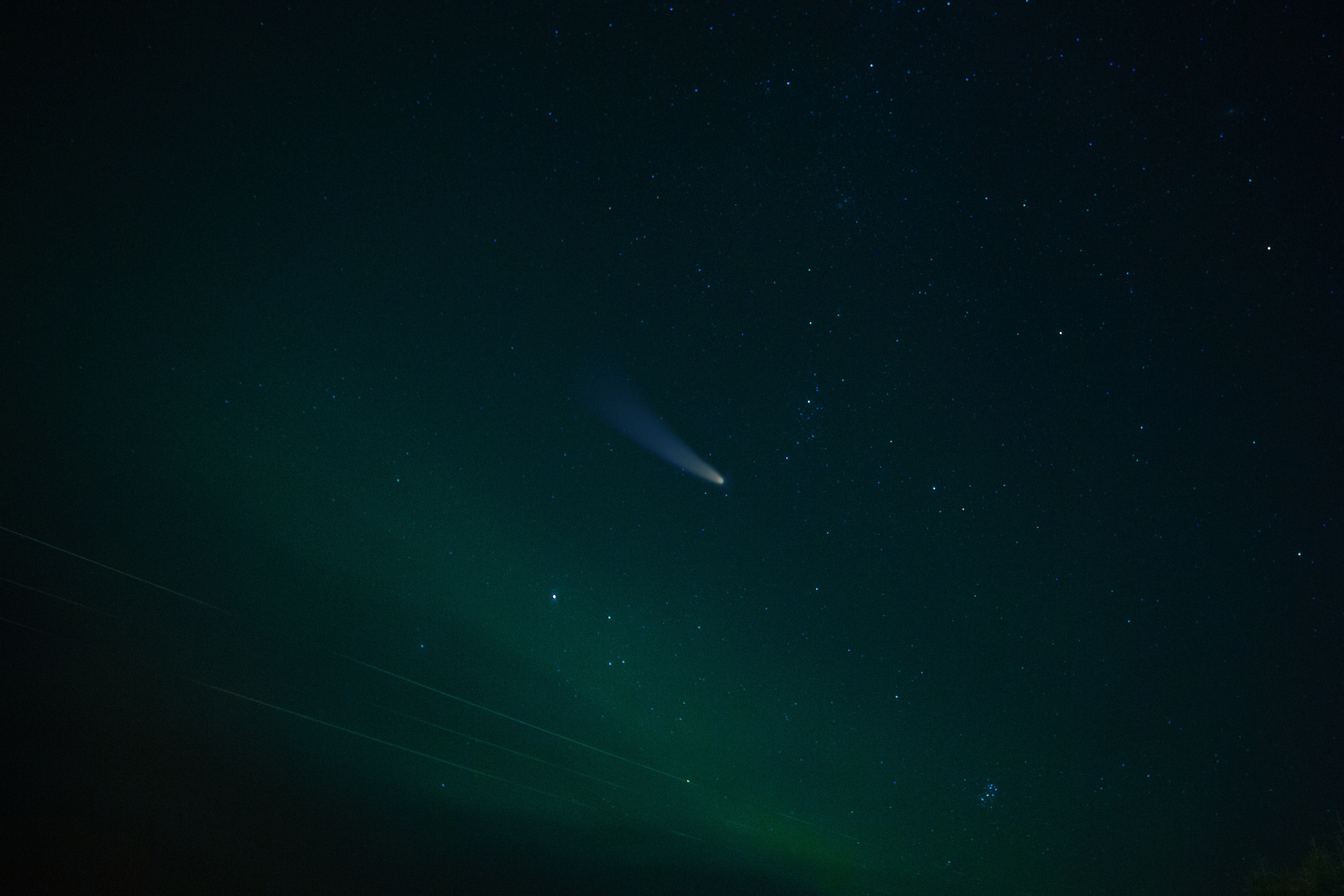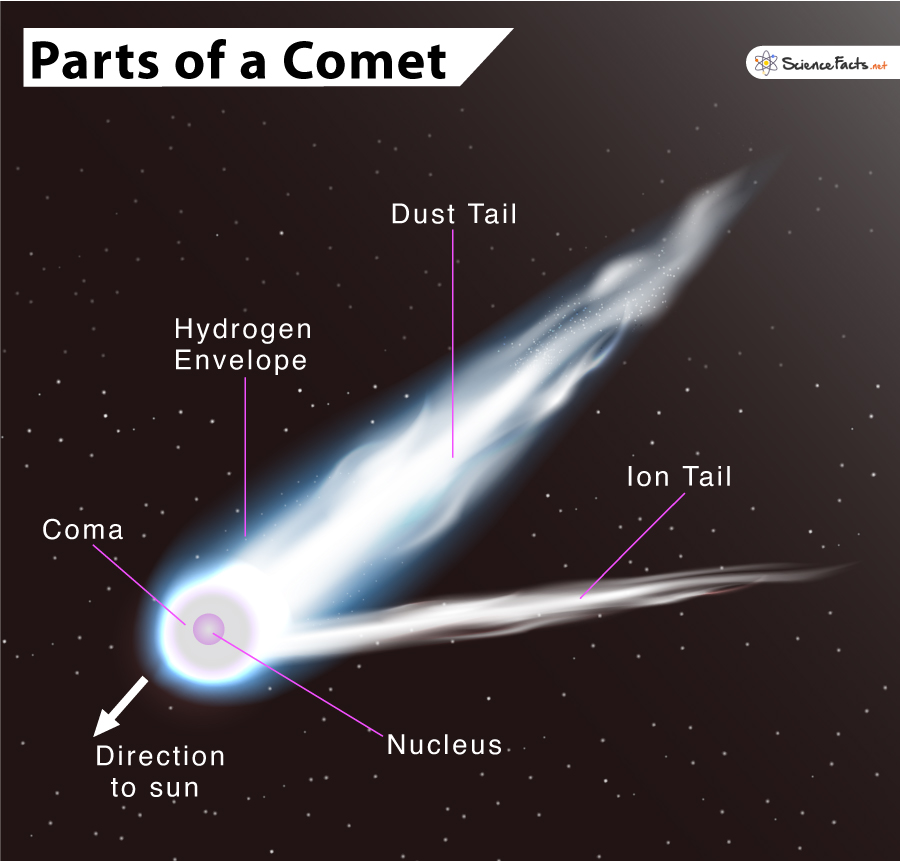
Asteroids and comets
A tiny, stony object called an asteroid orbits the Sun. Because asteroids are relics from the early formation of our solar system and resemble planets, they are frequently referred to as minor planets or planetoids. However, they are significantly smaller in size and are primarily composed of rock and metal.
Comets are solid, frozen objects with blazing comas and tails that form as they get closer to the Sun from the discharge of gas and dust. They travel in lengthy orbits and spend the majority of their time in remote areas, only occasionally coming into view from Earth. Comets, like Halley's Comet. They are recognized for making periodic appearances and offer insights into the early solar system.
"If the Earth gets hit by an asteroid, it's game over. It's control-alt-delete for civilization," - Bill Nye
A visible comet that can be observed with the naked eye is unlikely to appear more frequently than once per few years to several decades.
The Diffrence between an asteroid and comet
Asteroids are solid, rock-rich asteroids found throughout the solar system. They have very regular orbits and do not have the typical tails or comas of comets. Comets, on the other hand, are made up of a complex mixture of volatile ices, dust, and rock. They have very elliptical orbits, and as they approach the Sun, the heat causes blazing comas and tails to form. Visible comets, on the other hand, are relatively unusual phenomena that occur every few years to several decades, whereas asteroids are more numerous and widely scattered celestial entities.

Will an asteroid or comet hit us and which will be fatal
The likelihood of a huge asteroid or comet impacting Earth is low, and the majority of near-Earth objects are minor and pose no hazard. Astronomers keep a close eye on these celestial entities, and while major, potentially catastrophic impacts are rare, they do occur over geological timescales. Ongoing research and international collaboration are aimed at limiting impact threats, with mechanisms in place to detect, track, and perhaps deflect potentially harmful objects.
The level of damage caused by an asteroid or comet impact is determined by its size and composition. Because asteroids are denser and rockier, they may cause greater direct impact damage. Despite their smaller cores, comets with volatile ices can produce tremendous consequences. Both can be disastrous, with the outcome determined by size, speed, angle, and impact position.